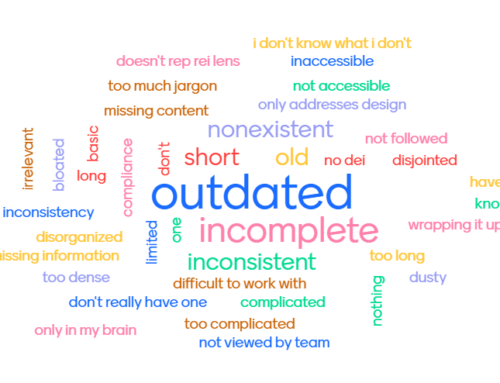I’ve been reading several books on storytelling, most of which were written for a corporate audience, in search of great advice and tips for nonprofits. I’ll share some of the best stuff during this Wednesday’s webinar, “What Should We Write About? Storytelling Ideas for Nonprofits,” and in future posts here. But for now, here is my quick take on three of these books, in case you’ve been considering a purchase.
As a whole, I haven’t learned much. The majority of the pages in these books are dedicated to (1) convincing the reader of the value of stories in influencing others and (2) helping the corporate reader accept the idea that good stories include emotional elements, even if the corporate landscape is normally devoid of emotion. Since I already believe in the power of good stories, and since I think most of the nonprofit sector doesn’t suffer from the same “business-only straight-face” corporate persona problem, I got very little out of big sections of these books.
“The Leader’s Guide to Storytelling: Mastering the Art and Discipline of Business Narrative” by Stephen Denning is probably the best of the bunch. It explains eight different types of narratives with explicit information on what elements should be included in each of the different types of stories in order to achieve the stated goal. For example, when using the “Motivate Others to Action” story pattern, you don’t want to include lots of details about the person or place in the story, because what you are actually trying to do is to have your audience members see themselves in the story. If you include too many details, you prevent your audience for placing themselves within it.
I like the way that this book helps readers see the various components of a story and how those can be emphasized or eliminated depending on the goal of the storyteller. I’m going to spend more time with this book to really consider the ways that these various narrative patterns could work in the nonprofit sector. Most of the chapters are not perfect matches for nonprofit marketing, but I think the important kernels are all there. If Denning would write this same book, but for nonprofits, I think it would be a huge asset to the community.
“The Elements of Persuasion: Use Storytelling to Pitch Better, Sell Faster, and Win More Business” by Richard Maxwell and Robert Dickman advocates following a basic story formula that includes the Passion, Hero, Antagonist, Awareness, and Transformation. They tell lots of interesting and entertaining stories themselves, but the how-to advice is too vague and one-size-fits-all. It’s hard to make the leap from the corporate stories to the nonprofit sector. Still, it’s a pretty quick read and it does include some instruction, so I’d give it a tepid thumbs-up.
“The Story Factor: Inspiration, Influence, and Persuasion through the Art of Storytelling” by Annette Simmons. This book was the least satisfying of the three for me because it really focuses on the broader concepts of why storytelling works without much how-to. It includes tons of meaningful stories, but it’s really short on how to identify your own stories and make them work in specific situations. If you aren’t convinced of the power of stories, this book will convince you. If you are already sold on the idea, it won’t do much else for you.
This post is part of my participation in Michele Martin’s Blogging4Learning Challenge. I’m blogging to learn more about how nonprofits can use storytelling in nonprofit marketing and communications.






